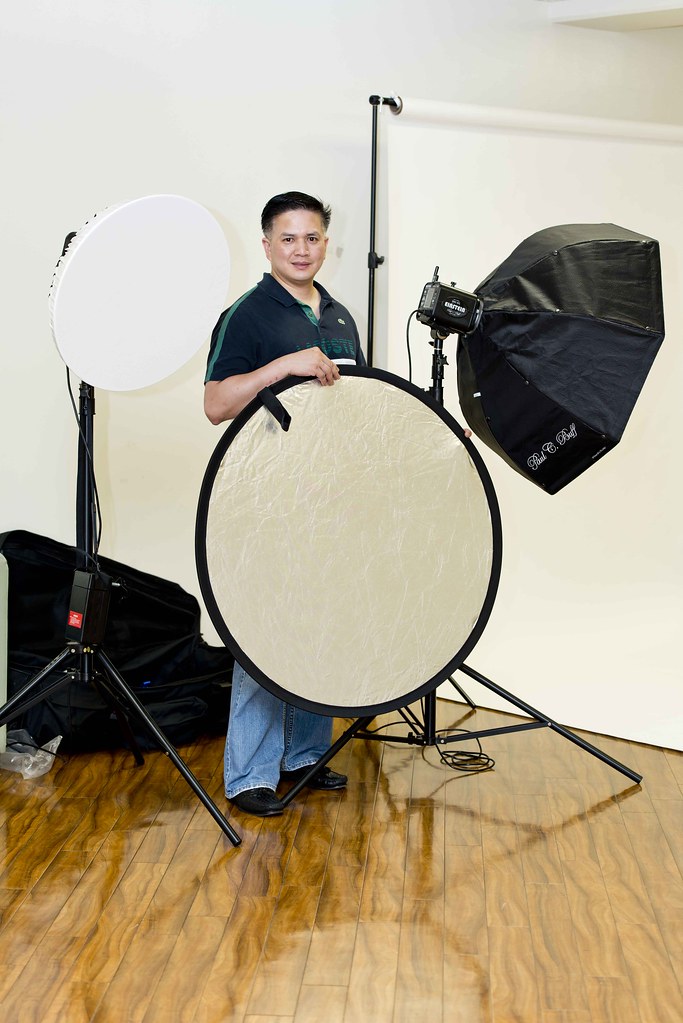WhiteLight
Senior Member
Planning to take the next step...
This is what i presently have.. i know it's very humble -
1 SB700, One light stand & a Shoot through Umbrella.
I have 2 options for the studio itself
a 10X10ft room OR a 25X25ft garage that i can hijack.
I intend to use this for Portraits, head shots, body shots, Portfolios and the kind.
Though i do not wish to spend everything i possibly can, i wnat to get something that would really serve the purpose & possibly go a step more till i can (if and i hopefully do) go fully pro.
Any inputs on all must have equipment like lighting, if i should get more flashes an/or strobes, stands, backdrops.. i think you get what am getting at..
look forward to your thoughts
This is what i presently have.. i know it's very humble -
1 SB700, One light stand & a Shoot through Umbrella.
I have 2 options for the studio itself
a 10X10ft room OR a 25X25ft garage that i can hijack.
I intend to use this for Portraits, head shots, body shots, Portfolios and the kind.
Though i do not wish to spend everything i possibly can, i wnat to get something that would really serve the purpose & possibly go a step more till i can (if and i hopefully do) go fully pro.
Any inputs on all must have equipment like lighting, if i should get more flashes an/or strobes, stands, backdrops.. i think you get what am getting at..
look forward to your thoughts
Last edited:

